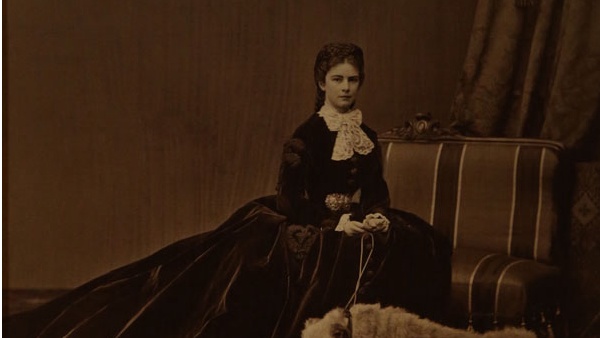
An exhibition about the Austro-Hungarian queen is touring China. Wang Kaihao reports.
Many Chinese who grew up in the 1970s and '80s are familiar with the name Sissi.
That was how Queen Elisabeth (1837-98), a dual monarch of the Austro-Hungarian Empire, was commonly known, even among her subjects.
The first film of a trilogy about the queen that was made in Austria, starring Romy Schneider, was shown in China in 1988, when Western films were still rare in Chinese cinemas.
Sissi's real life is now being presented through an exhibition in Beijing, with nearly 150 cultural relics related to her or Hungary loaned from the Hungarian National Museum in Budapest.
The exhibition, Sissi and Hungary: The Magnificent Life of Hungarian Aristocracy in the 17th to 19th Centuries, will run through Jan 3 at the Palace Museum, also known as the Forbidden City.
Beyond the queen's old photos, oil paintings, dresses and other daily items, the exhibition also provides a panoramic view of Hungarian aristocracy during her time through such displays as jewelry, dinnerware and religious items.
Vagra points to a few highlighted exhibits. For example, a saddle made in the 18th century enabled women to ride horses sitting on one side. Sissi also used the saddle.
He also says the Hungarian aristocrats' costumes and armories reflect the country's history.
A replica of the Holy Crown of Hungary, dating back to 1000 AD, is also on display. The item, made of silver gilt, pearl and cloisonne enamels, was used to prove the legitimacy of the monarchy in olden times. The original crown is displayed in the Hungarian Parliament and is heavily guarded.



